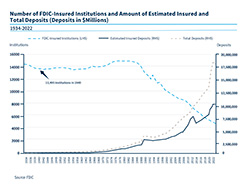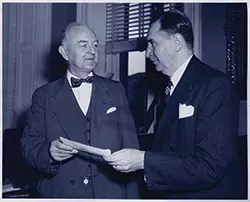The FDIC moves half of its 500 Washington, DC, employees to Chicago for the duration of World War II in response to President Roosevelt's request that civilian agencies make office space available in Washington.

April 27, 1942
FDR's Executive Order No. 9148 temporarily makes the FDIC the regulator of about 4,000 federal credit unions, allowing the Farm Credit Administration, which had supervised them, to concentrate on its core responsibilities during the war. In 1945, Congress made this decision permanent. But the FDIC believed that continuing as credit union regulator would detract from its main responsibilities of bank supervision and deposit insurance and that the public might erroneously believe that the FDIC insured credit union deposits, which were not covered by federal deposit insurance (that did not occur until 1970). Congress moved credit union regulation to the Federal Security Agency in 1948.
October 15, 1945
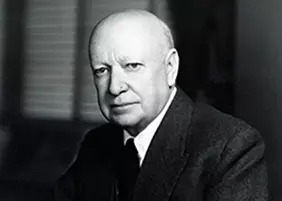
Preston Delano, the Comptroller of the Currency, becomes Acting Chairman of the FDIC. He serves until January 5, 1946.
https://www.occ.treas.gov/about/who-we-are/history/previous-comptrollers/bio-19-preston-delano.html
The insurance fund reaches $1 billion.
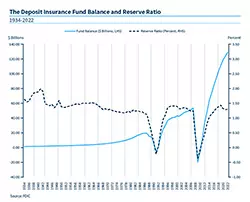
January 5, 1946
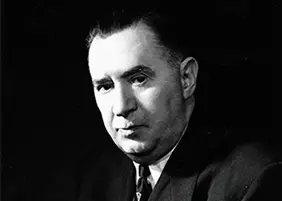
Maple T. Harl (1893-1957) becomes the third Chairman of the FDIC and serves until May 10, 1953. Harl had been on the FDIC's Board of Directors since 1945. Before joining the FDIC, Harl had been the State Bank Commissioner of Colorado. Earlier, Harl served as vice president of the Englewood State Bank and had organized a mortgage company, which later merged with the Denver Safe Deposit Company. A native of Missouri, Harl graduated from William Jewell College and was a student at the University of Chicago Law School, but he enlisted in the army when World War I broke out. He was injured during the Battle of the Argonne and later served as commander of the Disabled American Veterans.

